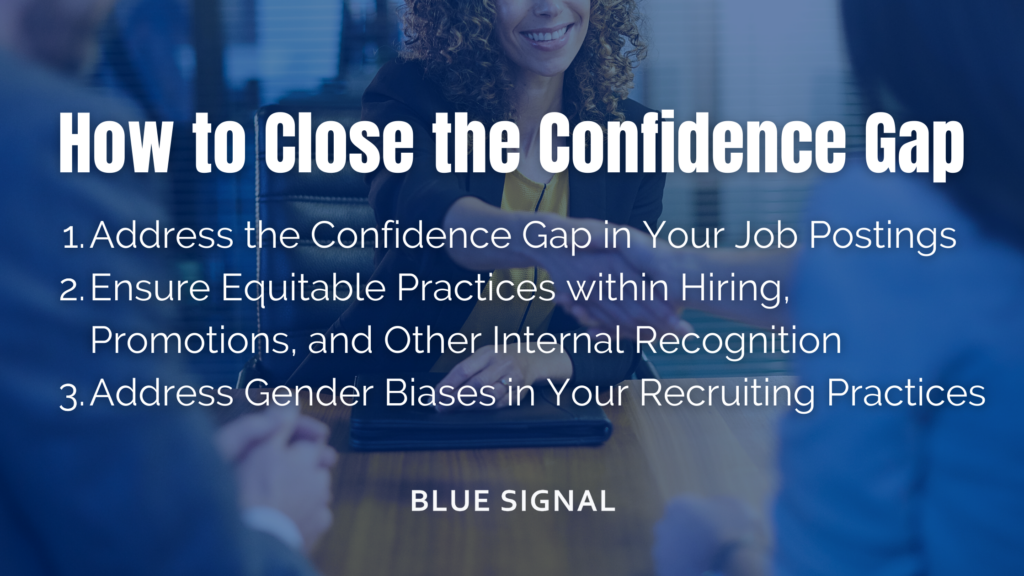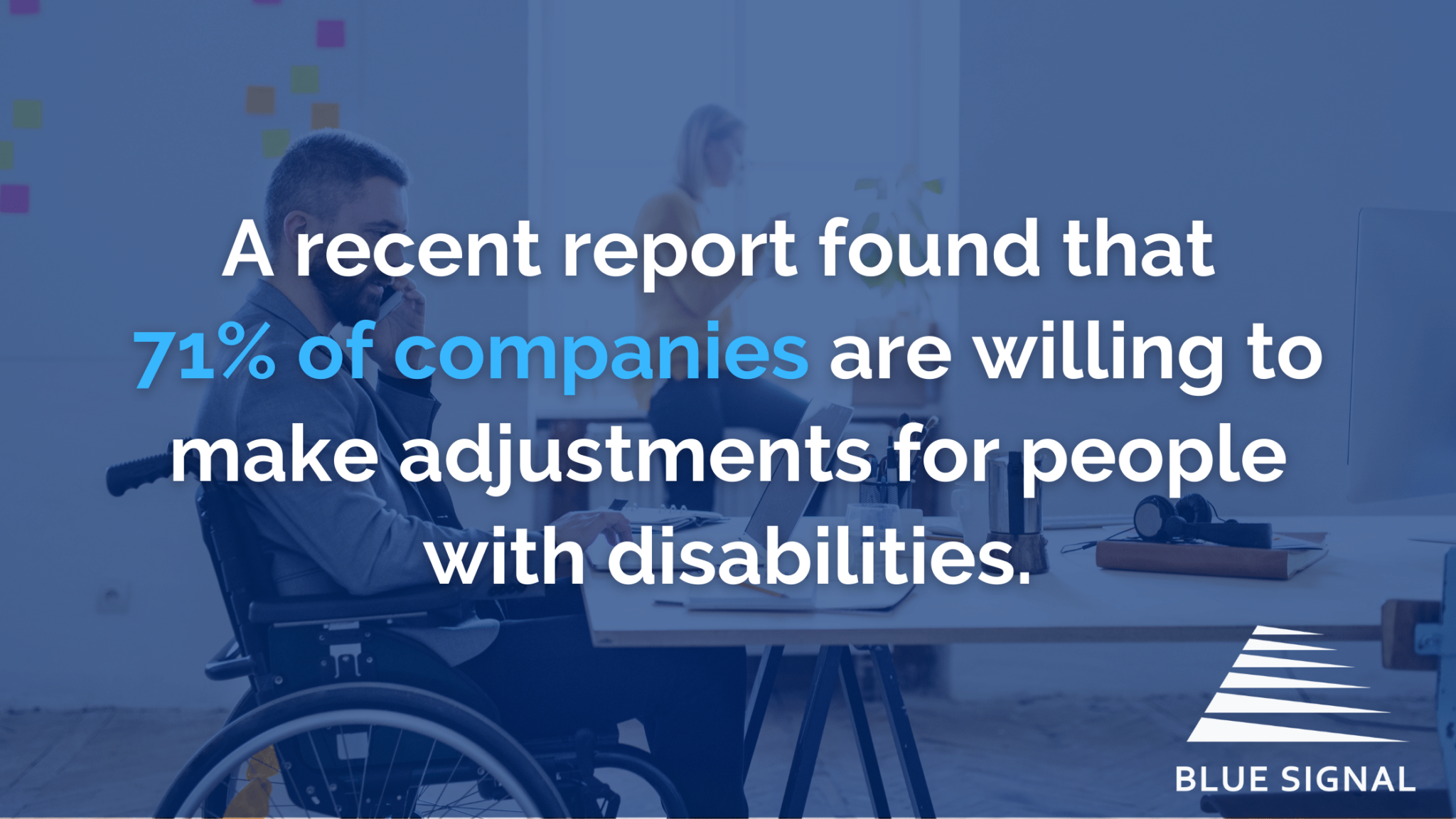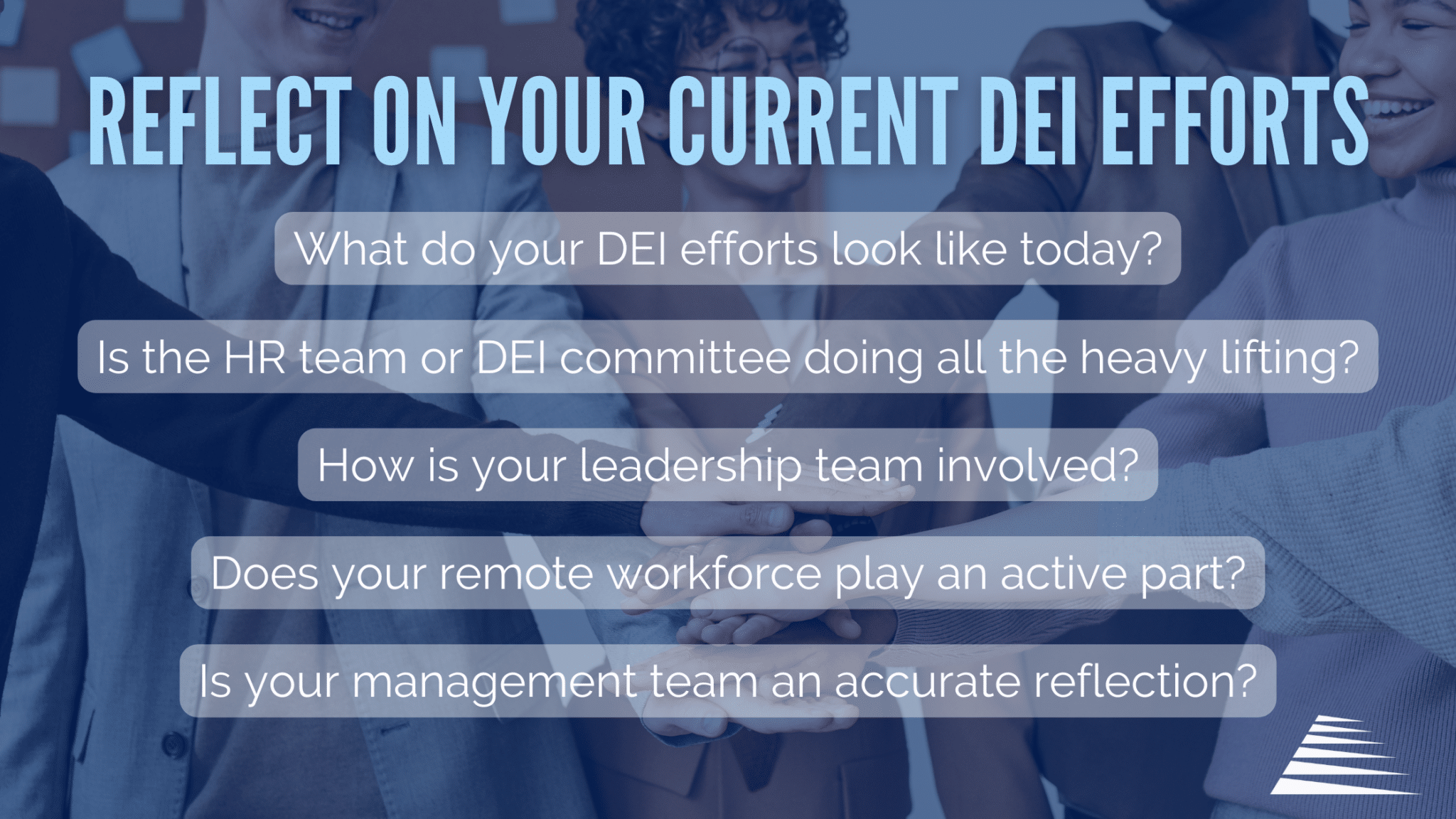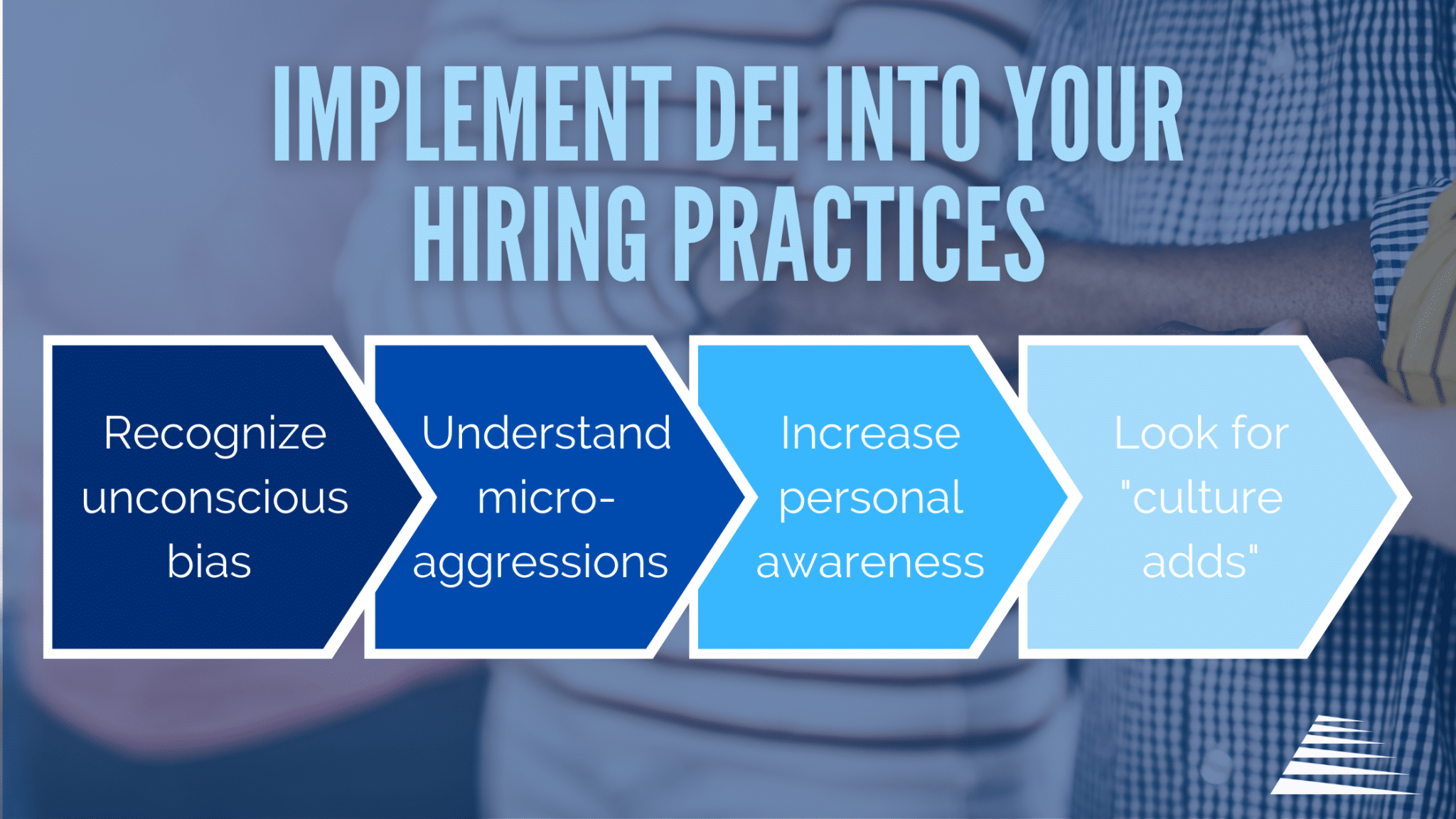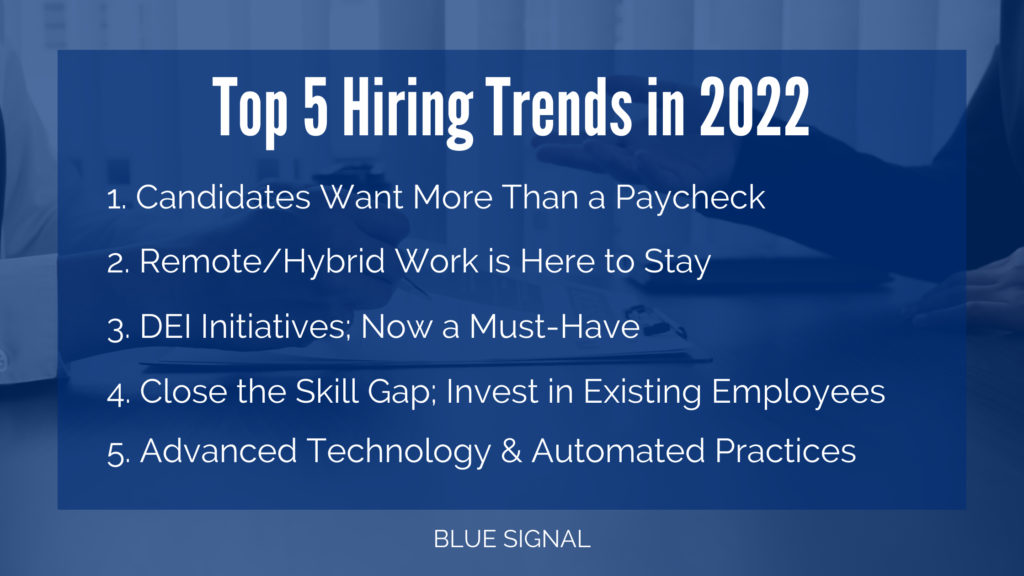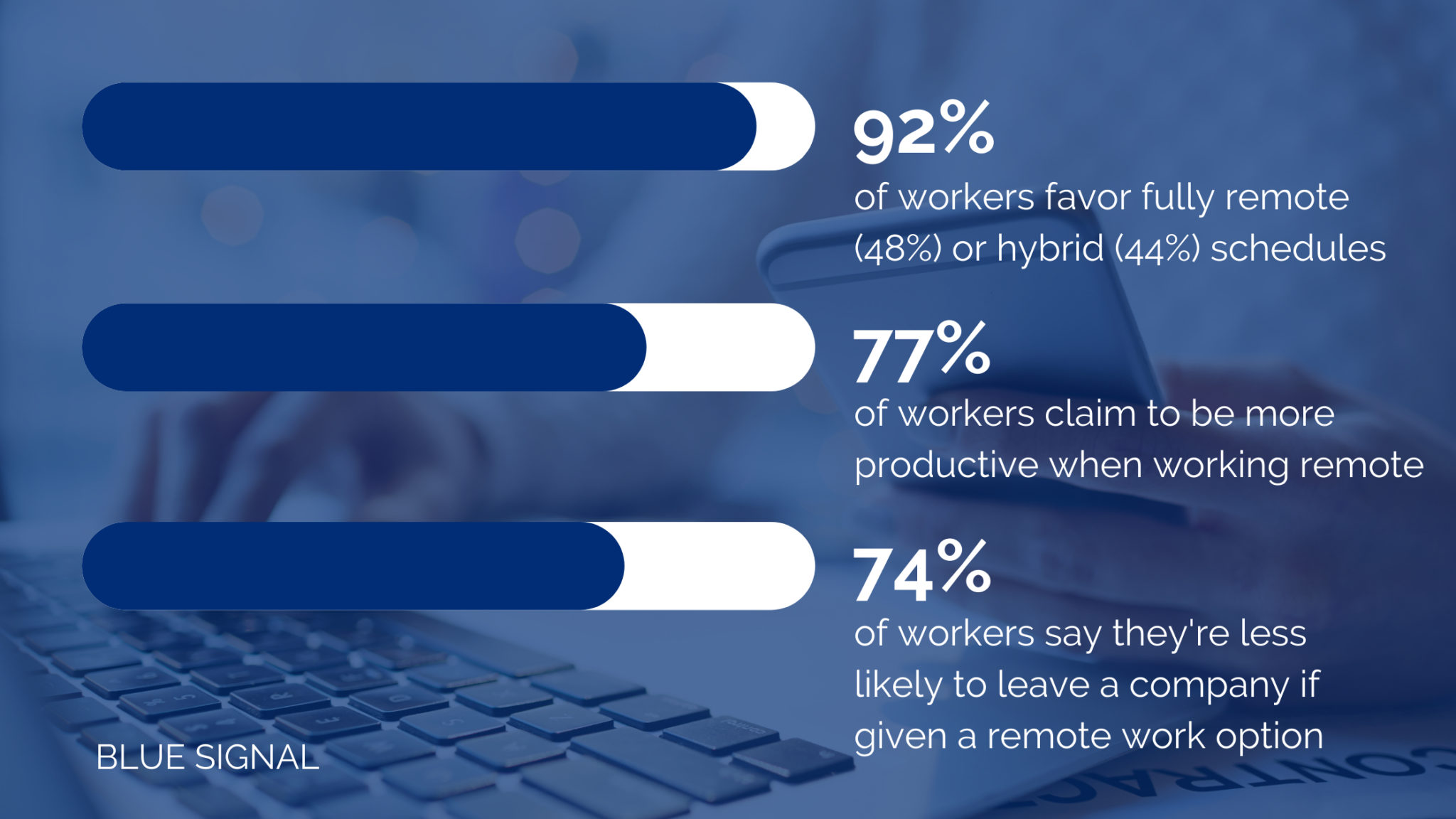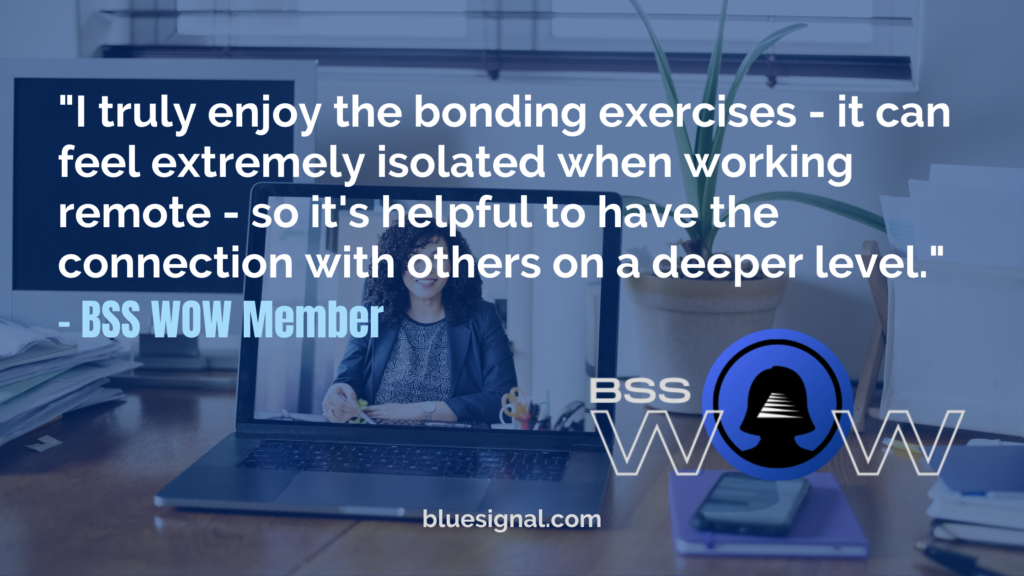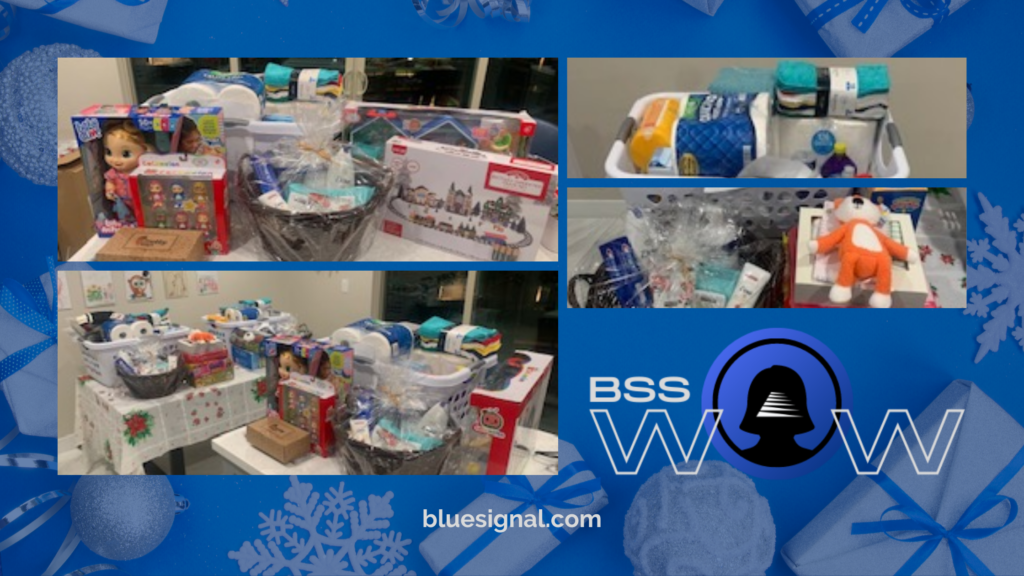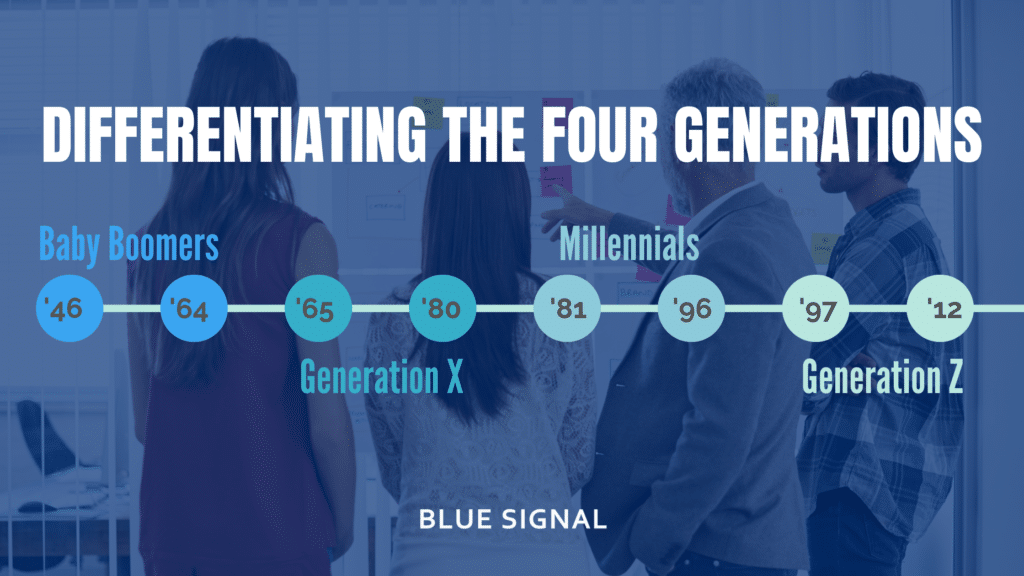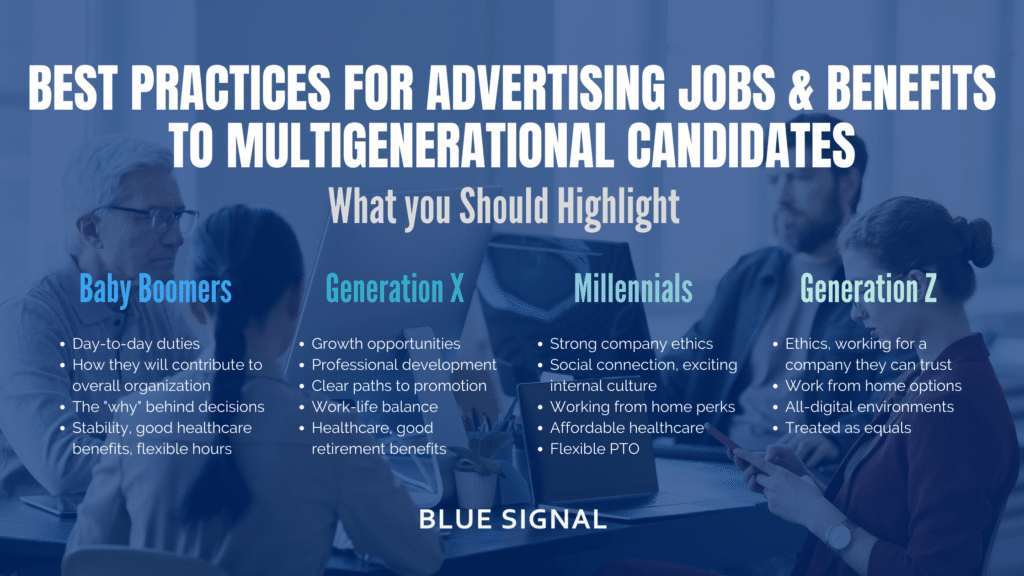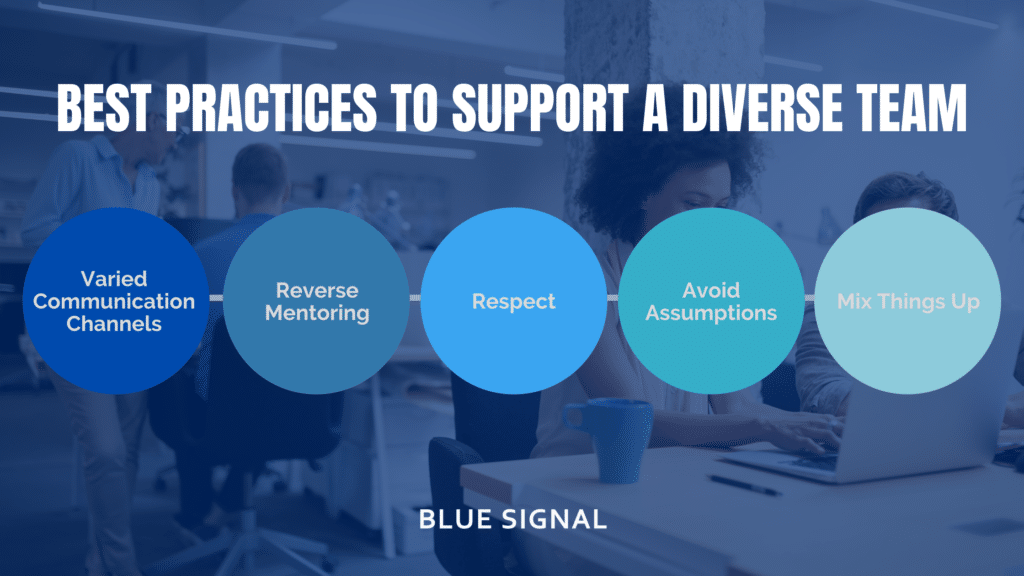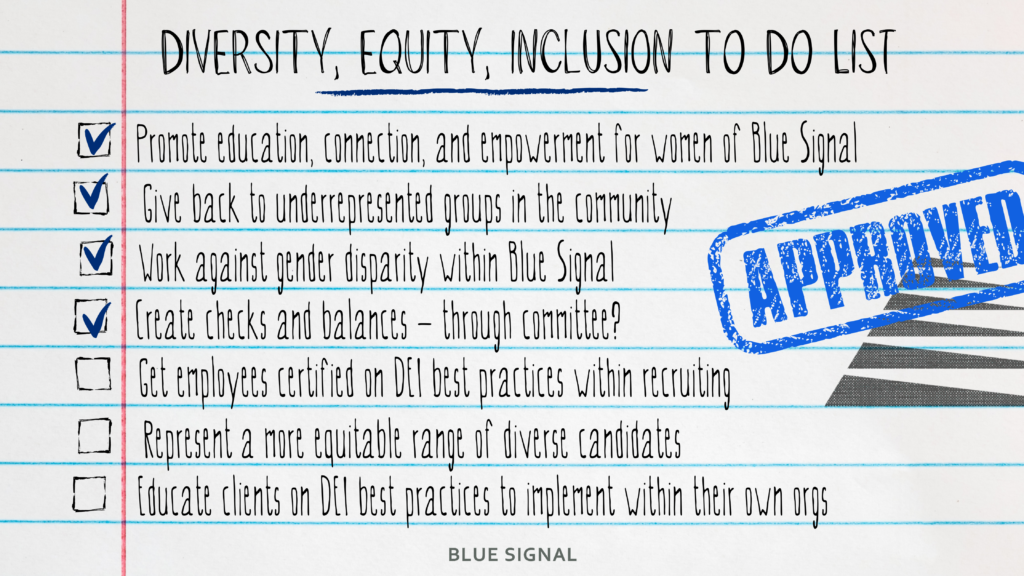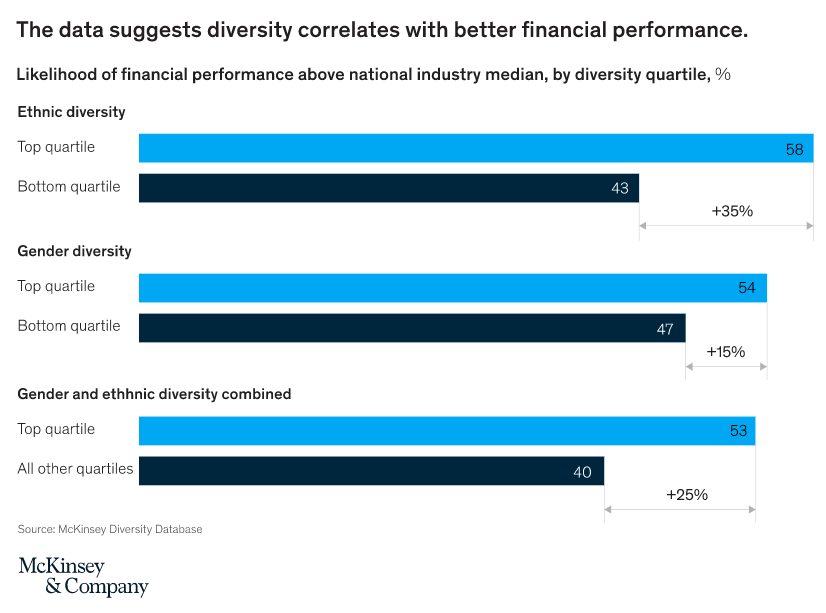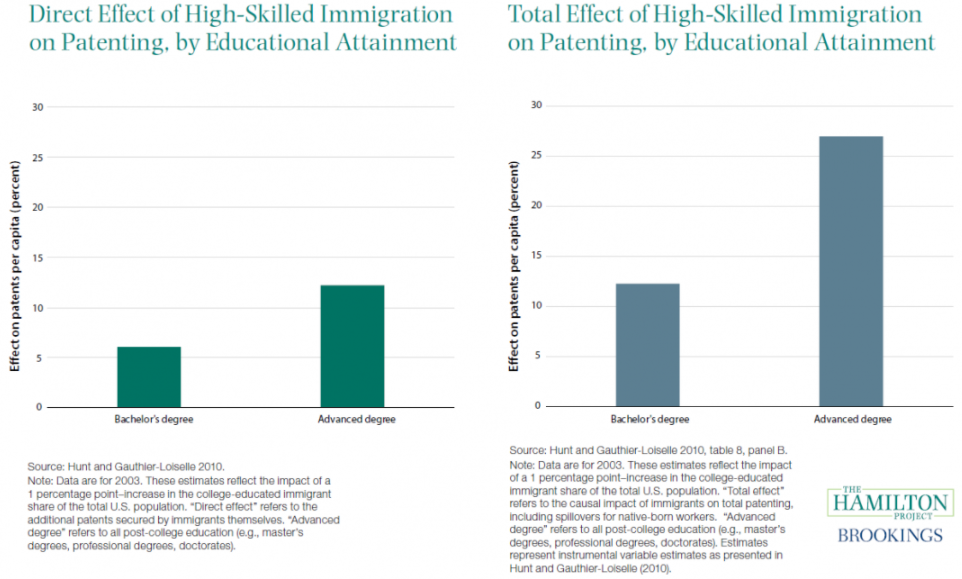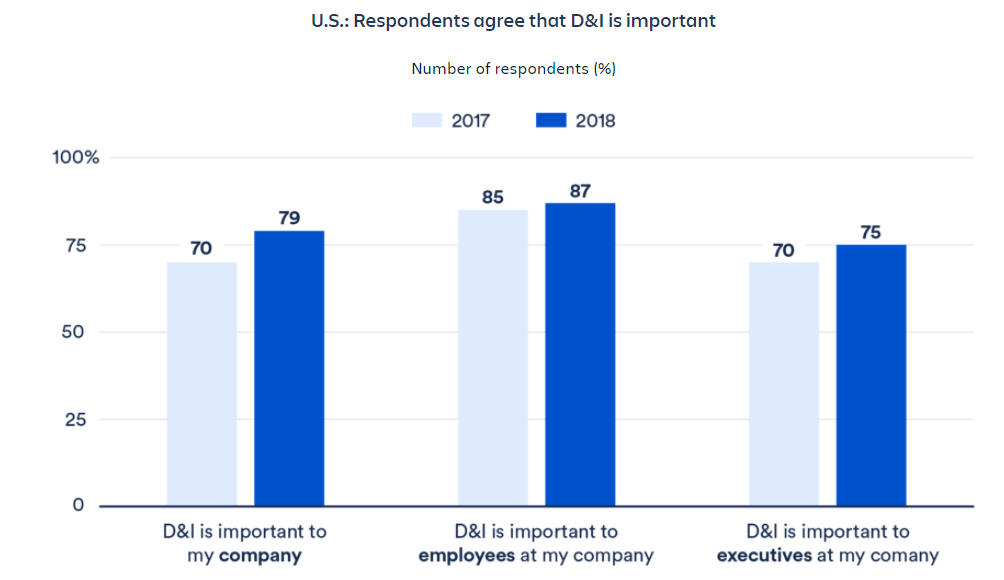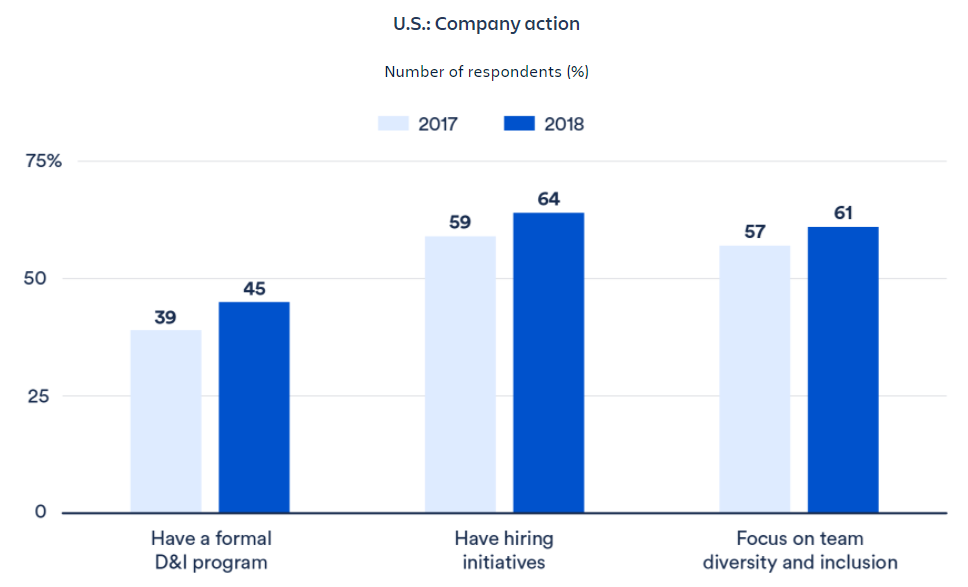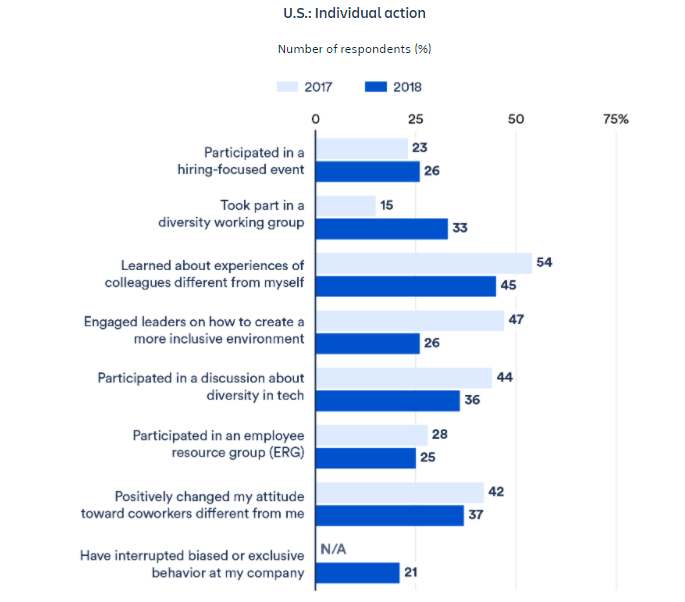In a pioneering initiative that speaks to our commitment to embracing diversity, Blue Signal recently hosted a Diversity, Equity, and Inclusion (DEI) Pride Forum. This significant initiative coincided with Pride Month and was focused on enhancing our understanding and appreciation of the LGBTQ+ community. Not just an event, the forum was an innovative platform where our diverse team members came together to learn, share experiences, and discuss how to improve our collective ability to serve all job candidates, especially those identifying as LGBTQ+. The forum was a success, and it helped us to understand the needs of the LGBTQ+ community and how we can better serve them.
The Power of Collaboration
Facilitated by our team members, the DEI Pride Forum brought the powerful spirit of collaboration, that defines Blue Signal, to the forefront. In a candid and open environment, our recruiters, account managers, and representatives from various departments shared their experiences and perspectives on LGBTQ+ issues. The forum was not just about raising awareness, but also about sparking conversations about how we can create a more inclusive and understanding workplace. Through this collective learning journey, we aim to enhance our ability to empathize with and support candidates from diverse backgrounds while educating our hiring managers.
Real People, Real Stories
The highlight of our DEI Pride forum was brought to life through the personal stories of two exceptional guests from the LGBTQ+ community. Emerson, a trans man, courageously shared his experiences, including his early moments of gender confusion, the eventual recognition of his male identity, and his encounters with biases and discrimination during job interviews. His story was not just a poignant revelation of his personal journey, but also an eye-opener to the challenges faced by transgender individuals in the professional world.
Meanwhile, Amanda, a non-binary individual working in talent acquisition, gave us a unique glimpse into the potential of an inclusive recruitment process. Amanda highlighted the significance of seemingly small gestures, such as correctly pronouncing a candidate's name and respecting their preferred pronouns, that can profoundly impact a candidate's experience and contribute to creating an inclusive, respectful environment. Their emphasis on the value of effort, understanding, and validation resonated deeply with us and underscored the necessity of these qualities in our work.
Best Practices for Inclusivity
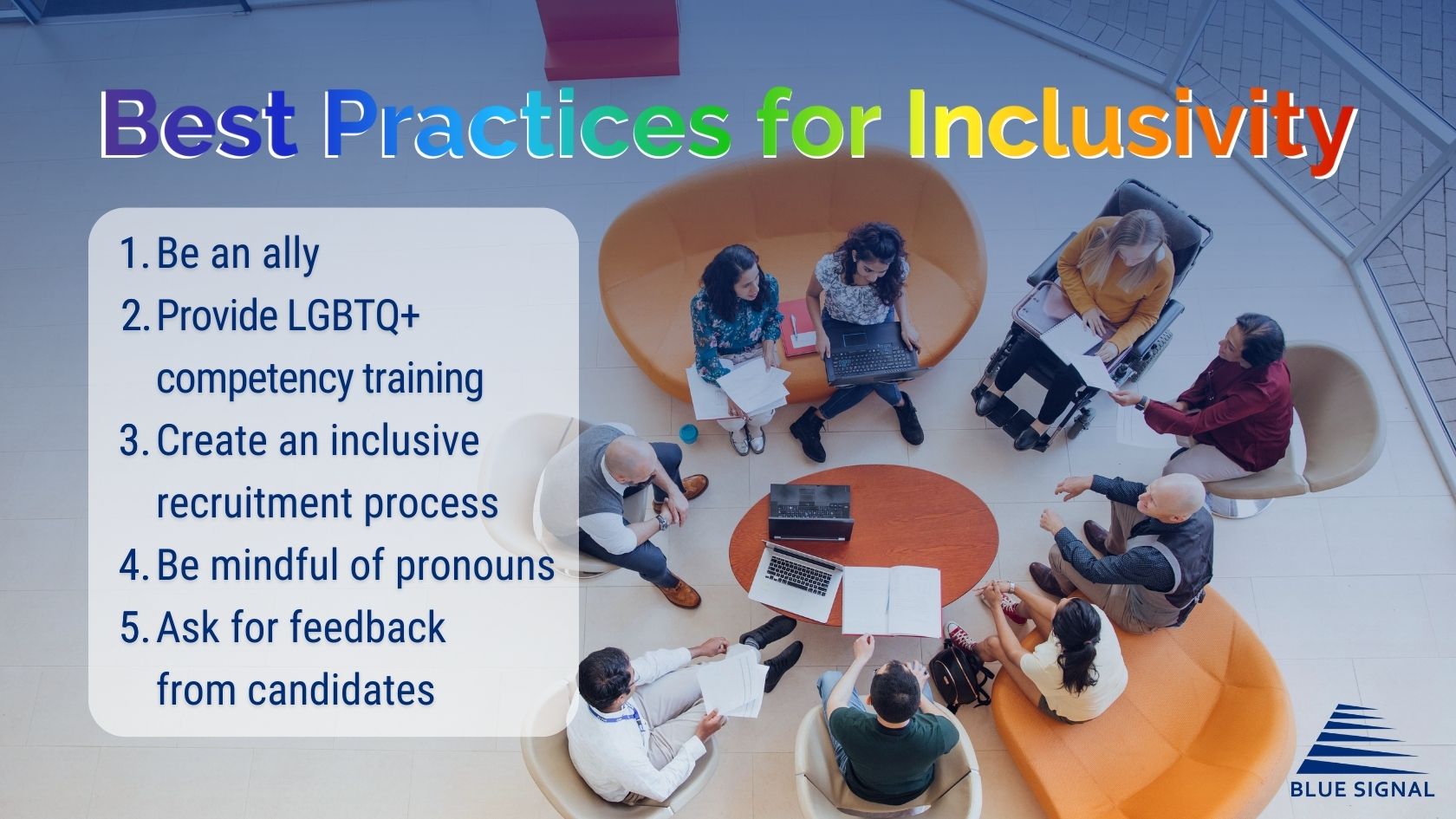
The DEI Pride forum also served as an important platform for learning and development. Emerson and Amanda's insights and experiences empowered us with practical strategies and best practices for recruiting and hiring LGBTQ+ candidates. These ranged from using inclusive language in job postings to fostering relationships with LGBTQ+ organizations, to understanding the nuances of interactions within the LGBTQ+ community, and ultimately, creating a safe space for everyone to be their authentic selves.
Action we can take today:
- Be mindful of pronouns and ask someone's pronouns if you're unsure. This is a simple way to show respect for someone's identity.
- Create an inclusive recruitment process. This means using inclusive language in job postings, fostering relationships with LGBTQ+ organizations, and understanding the nuances of interactions within the LGBTQ+ community.
- Be an ally. This means speaking up against discrimination and prejudice, and creating a safe and welcoming environment for everyone.
The Benefits of DEI in the Workplace
The event further underscored our belief that diversity, equity, and inclusion are not just buzzwords, but rather integral parts of Blue Signal’s mission and values. When we actively foster DEI in our workplace, we're investing in a culture that yields tangible benefits: improved morale, increased productivity, enhanced creativity and innovation, and strengthened collaboration among teams. This forum provided a valuable opportunity to delve deeper into the profound impact of these principles on our working environment.
Looking Forward: Our Continued Commitment to DEI
The DEI Pride Forum marked the beginning of a series of DEI training initiatives planned throughout the year. Using the momentum of this event, we are dedicated to extending our efforts beyond the LGBTQ+ community to include all underrepresented groups. Our ongoing commitment to fostering an inclusive environment has led us to develop resources that can help educate our team about LGBTQ+ issues, emphasizing our belief that awareness and education are the cornerstones of understanding and empathy.
We're immensely grateful to everyone who participated in and supported the Pride Forum. Each contribution, each story shared, and each insight gained has been instrumental in turning this initiative into a resounding success. As we look to the future, we're excited about continuing our journey toward fostering a more inclusive future. We're committed to doing so together, as a team, because we believe that when we stand united in our diversity, we can truly make a difference.
Stay connected with Blue Signal on our blog and DEI resources page for more updates, insights, and initiatives surrounding diversity, equity, and inclusion. Together, we're just getting started!
Here are some additional resources to learn more about LGBTQ+ inclusion:
Partner with us for your next hire.
Set up a free consultation with a recruiting manager. Tell us about your hiring need.
By submitting this form, you consent to receive communications from Blue Signal, including phone calls, emails, and text messages.
